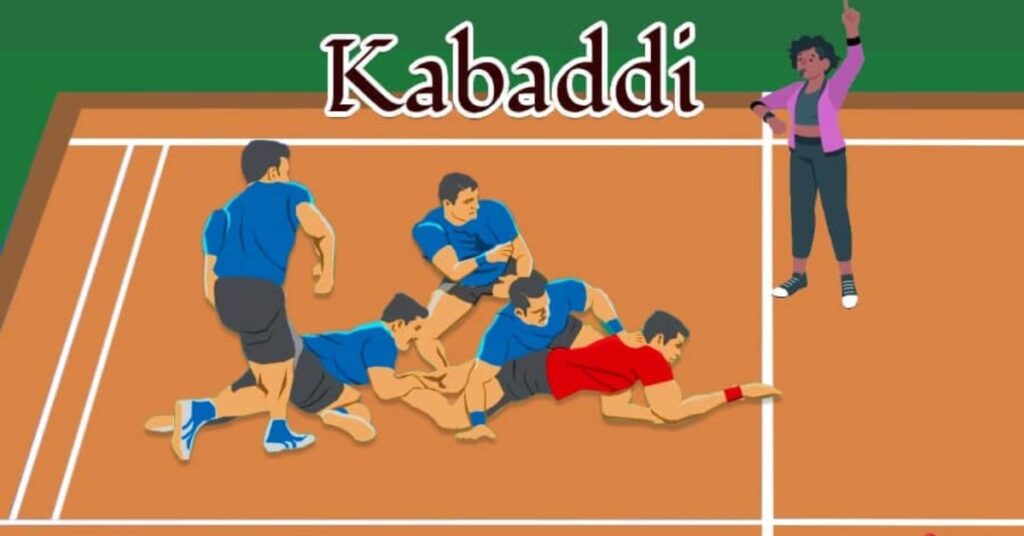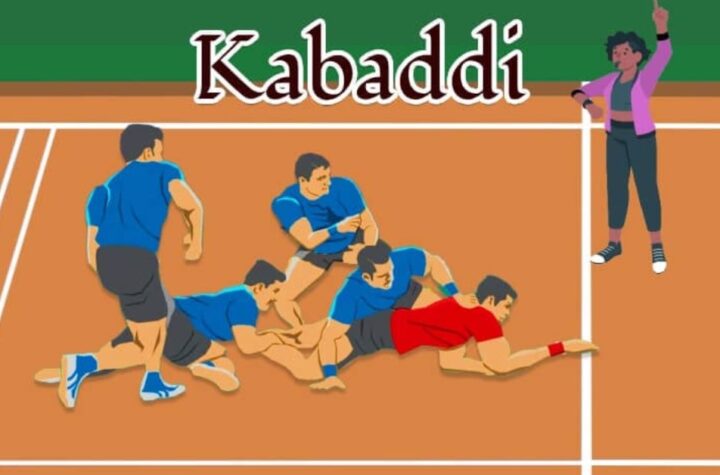
Kabaddi looks hectic, yet its rhythm is readable when attention is guided to the right cues. Raids carry choices in seconds, defenses compress and release space, and the scoreboard jumps in bursts that feel sudden without context. A clear framework helps sports readers follow the action without noise – understand what creates points, watch tempo windows instead of isolated highlights, and keep a steady routine that survives pressure when the match turns.
What Matters In A Raid, At A Glance
Every raid can end in four ways that shape momentum for several minutes afterward. Touch points reward precise entries and exits, tackle points reward coordinated shape, bonus points depend on defensive depth, and all-outs multiply gains after a wipe. Because these outcomes compound, the most instructive view is structural. Track how the raider maps space in the first steps, whether corners hold the envelope, and how quickly covers close the last angle. When positioning makes sense, the burst on the board no longer looks like luck – it reads like the final line of a paragraph that began near mid-mat.
Discovery tools should serve that structural lens rather than distract from it. Before a big fixture, a neutral, rules-first interface helps set expectations about formats, point trees, and live views that keep state visible while replays roll. In practice, scanning a compact, schedule-aware kabaddi betting app as a quick primer anchors vocabulary and screen layout, then attention returns to shape and timing on the mat. Treated this way, pre-match clicks support reading the contest instead of pulling focus into tabs that promise more information while delivering less clarity when whistles stack.
Tempo Windows You Can Actually Track
Kabaddi tempo changes in predictable windows, and noticing them is more useful than chasing single moves. Early raids are reconnaissance – raiders test bonus-line depth, corners measure reach, and benches signal how heavily the starters will carry load. Middle phases show the real exchange rate between risk and territory as coaches adjust spacing, rotate fresh legs, and spring the first genuine chain tackles. Closing minutes compress everything – do-or-die raids force calculation under fatigue, while short-handed defenses hunt super tackles that flip mood and math at once. Watching windows rather than moments keeps judgment stable when a flashy escape tempts attention away from what set it up.
Reading Space Like A Diagram
Defensive geometry is the quiet story under every whistle. Corners form the shell that defines width, covers decide whether the shell hardens into a clamp, and mid-line pressure determines whether the raider spends time dancing or drives directly for contact. The most reliable tells are small: shoulders square rather than reaching, feet shuffling rather than crossing, and a half-step of patience that turns a near-touch into a safe retreat. Teams that keep seven on the mat deny easy bonuses and buy time for the shell to work. Teams that give up depth concede cheap points, then chase touches and open lanes for multi-point swings late.
Corner–Cover Geometry That Creates Or Kills Chain Tackles
Chain tackles succeed when two things happen together – corners delay without overcommitting and covers arrive on a diagonal that kills spin escapes. If corners bite too soon, toe-taps harvest touches. If covers trail behind the shoulder, the raider breaks the hinge and slides to the lobby. Watch for a simple cue in the middle phase: the distance between the nearest corner and cover narrows by a foot right before a clean clamp. That foot is the difference between a two-point tackle and a scramble that gifts a bonus on the next raid. Seeing the foot teaches timing better than any hype package.
Data Signals Without The Noise
Numbers help when they explain why shape changed, not when they decorate replays. Venue pace, bench rotation, and bonus-line denial rate travel well across matches, while single-raid exit velocities and isolated heat spots rarely do. Build a small filter that keeps attention on signals that match what eyes already suspect from spacing and breath.
- Favor phase splits by venue over broad aggregates that ignore mat behavior and travel fatigue.
- Track bench usage in ten-minute blocks to predict late defensive errors that show up as reaches.
- Note bonus concessions when seven defenders are available since these betray depth discipline.
- Treat super-tackle attempts as a mood gauge – frequent hunts mean risk is being chased.
- Pair any sharp run with the rotation that preceded it to separate luck from planned leverage.
A Finish That Leaves The Evening Intact
Matchdays feel better when decisions follow a routine rather than a mood swing. Begin with one quiet pre-read of rules and likely rotations, then watch the first five raids as a map instead of a contest – bonus pressure, shell width, and which side blinks first in the corners. Mid-match, write a single sentence that explains the biggest swing so far and check whether rotations made it more likely. In closing minutes, turn down side chatter so defender calls and referee counts are easy to hear, and let a single observation guide the post-match note. Over weeks, that rhythm builds a memory for patterns – the kind that keeps kabaddi vivid while attention stays steady for everything else that shares the evening.





More Stories
Lakers Vs Timberwolves Match Player Stats
India women’s national cricket team
England Cricket Team Vs New Zealand National Cricket Team Match Scorecard